Salon & Spa Interviewing and the PAY Conversation
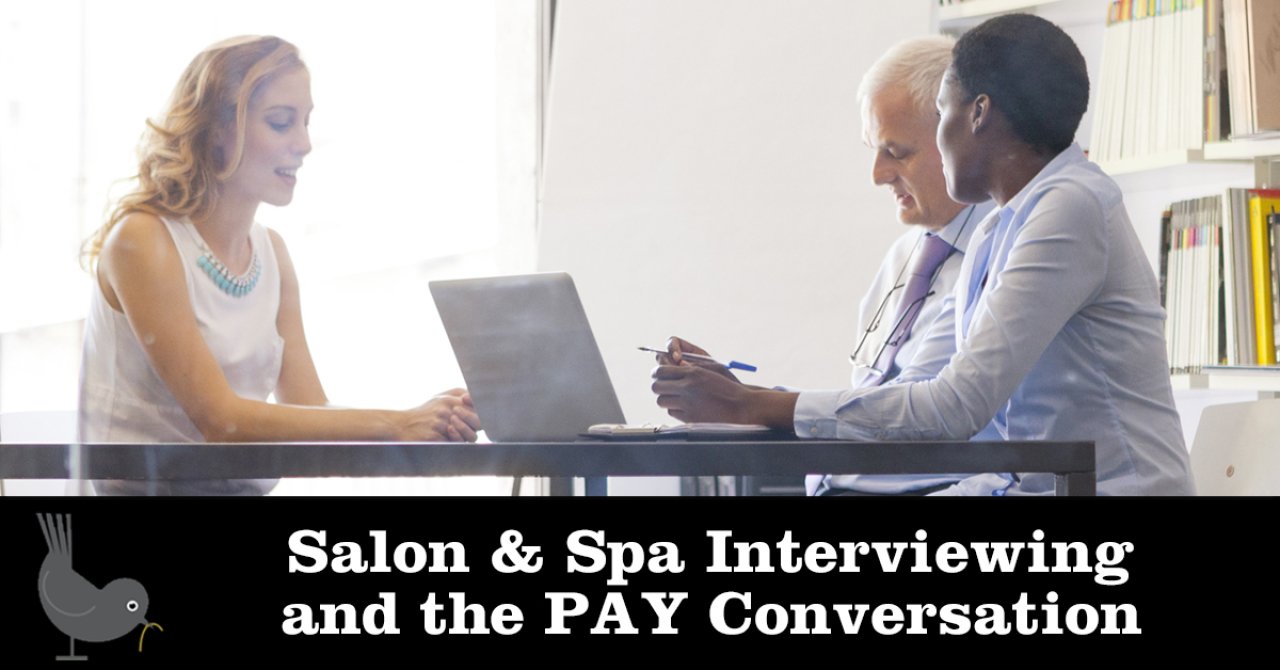
I have never understood why, in the salon/spa industry, the pay conversation can begin before an owner has a chance to say, "Tell me a little about your experience."
Hiring a stylist, colorist, esthetician, massage therapist, nail tech or any other technical position, is all about finding the right fit in terms of skill, personality and culture. It's an investment of time, energy and resources to create the right opportunity for the right individual.
It's imperative to ensure that these pieces fit before the pay conversation begins.
The intricacies of hiring an employee is diametrically opposed to renting a booth or suite where the service provider's ability to pay rent is paramount.
Service providers and owners alike are so conditioned to focusing on the pay arrangement that it overshadows the mutual discovery opportunity of the interview process.
Commission salons and spas stumble too soon into explaining level systems, tiered pricing, and service and product charges. The conversation devolves into "who gets what piece of the service."
- It’s not about the commission rate - it’s about the growth and income opportunity.
Team-Based Pay salons/spas fall into a “we don’t pay commission” conversation that sounds more like selling the concept of TBP rather than detailing a true growth and earning path.
- It’s not about the Team-Based Pay system - it’s about the growth and income opportunity.
We have seen many owners get stuck in the pay conversation before either party knows enough about each other or the opportunity. The minute you get a, “No way would I work for that commission,” or, “Team-Based Pay! Work on hourly ... no way,” you’ve lost control of the interview.
Never lead with or engage in the pay conversation until both parties are prepared.
[thrive_2step id='4449']
 [/thrive_2step]
[/thrive_2step]Here are six No-Compromise Leadership strategies to navigate through the interview process without getting stuck in the pay conversation:
- Prospect is selling - You’re buying: In order to get hired, potential new hires must “sell” you on their skills, work ethic, personality and all the wonderful things they bring to the table. The moment the pay conversation begins, the potential new hire becomes the buyer and you become the seller. Neither party knows enough about the other or what the possibilities of working together would look like. Money overshadows the opportunity. It is well-documented that people will accept a lower starting pay rate in order to have a better opportunity and to be part of something exciting.
- Prospect’s story first: Your first objective in the interview process is to learn all you can about the applicant. Review and ask questions about what’s on their resume. Keep them focused on telling their story rather than asking questions about the potential job. The more they tell their story, the more you will learn about their experience, skills, thinking patterns and behaviors. If they ask about the job or try to initiate the pay conversation, simply acknowledge the question with a response that sounds like, “We’ll get to that ... but first I want to learn more about you. Tell me more about what attracted you to our salon/spa?” You must keep the prospect selling and you in buyer mode.
- Clarify story points: In interviews, there are always those little revealing tidbits that a potential new hire shares that need to be clarified. For example, the prospect may share that there was an issue with a former employer. Ask for clarification on what that issue was and the possibility if a similar issue could materialize at your company. The prospect may reveal a reluctance to work nights and weekends. Clarify that working nights and weekends is a requirement for the position. Clarify as much as you can before you begin your story and what the opportunity would look like at your company. You may find out enough that it’s not worth your time taking the interview to the next step.
- Now ... tell your story: If the prospect is still in the running, you officially become the seller and the prospect becomes the buyer. Your story’s goal is to sell the prospect on the opportunity of working for your company. Give a brief history highlighting major milestones and accomplishments. Share success stories and accomplishments of a few of your long-term employees. Give details on your company’s culture, systems and shared accountability. Provide an overview of behavior and performance expectations. Describe what the first 30, 60 and 90 days would look like if the prospect got the job. IMPORTANT: You want to paint a mental picture of what it would be like to be an employee at your salon/spa. In selling, it’s called giving the features and benefits of what you’re selling. MORE IMPORTANT: Do not mention, initiate or respond to anything having to do with pay.
- Assessing a possible fit: At this point, both parties have a shared understanding of each other. You heard the prospect’s story, you asked clarifying questions ... you listened. The prospect heard your story, how the company arrived at this point ... what the culture is like ... and what the expectations of the job would look like. Just as you’ve been assessing and sizing up the prospect ... the prospect has been doing the same with you, your company and a possible employment opportunity. Both know each other’s features and benefits. So ... each party has to decide if there’s a fit. If you like what you see in the prospect and see a fit ... simply ask, “Is our company and this position something you can see yourself in?” If the answer is, “Yes,” you can move on to step six. If the prospect answers, “No,” ask more clarifying questions to understand the hesitation.
- The mutual buying decision: If both parties survived steps one through five, it’s time to work out the hiring details and finally begin the pay conversation. The prospect knows enough to want the position and is properly prepared for the pay conversation. It doesn’t mean that the pay offer will be accepted ... it means that the pay offer can now be weighed against the potential career opportunity.
Remember, no one takes a job because of the pay method. They take a job for a career opportunity, to work toward achieving their full potential ... and to earn an income that reflects their hard work and commitment to their career.
Here’s my challenge to you: If you’ve ever found yourself stuck in the pay conversation too soon, chances are both you and the prospect missed an amazing opportunity to work together. As a business leader and owner, it is your responsibility to control the flow of interview process to discover if an applicant is a fit or not. Use the six steps on your next interview and save the pay conversation for step six. Let me know how you do.

- - - - - - - - -
Please share your thoughts with me about today's Monday Morning Wake-Up. Click below to comment.
Pass this e-mail on to your business colleagues, managers and friends. They will appreciate it.

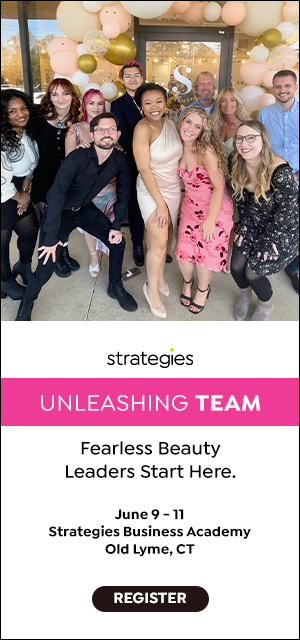
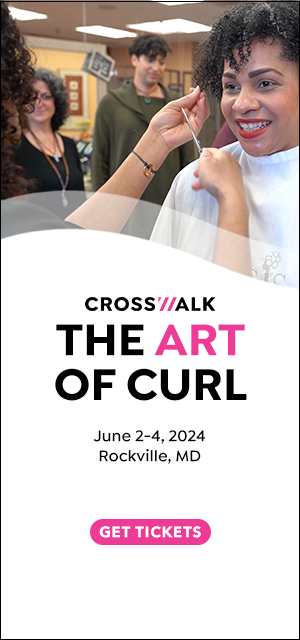
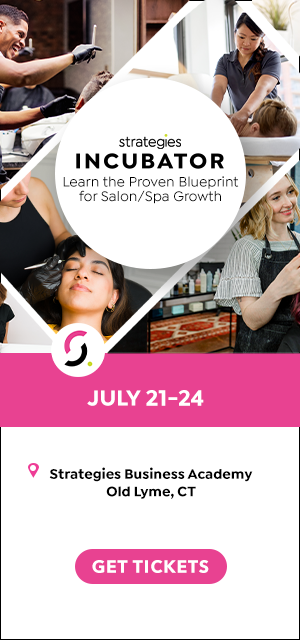
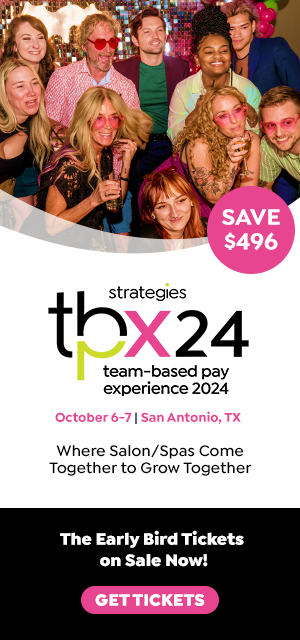
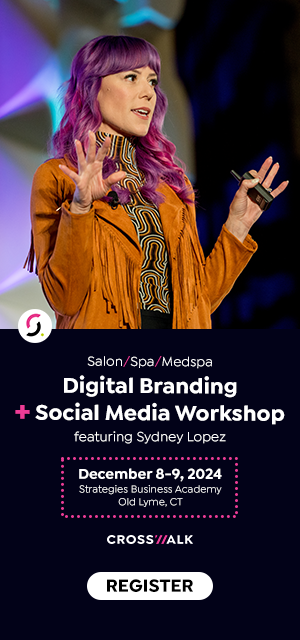

Comments
No comments found. Start the conversation!
Leave a Comment